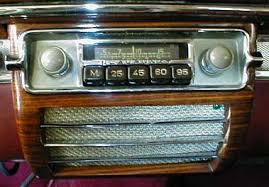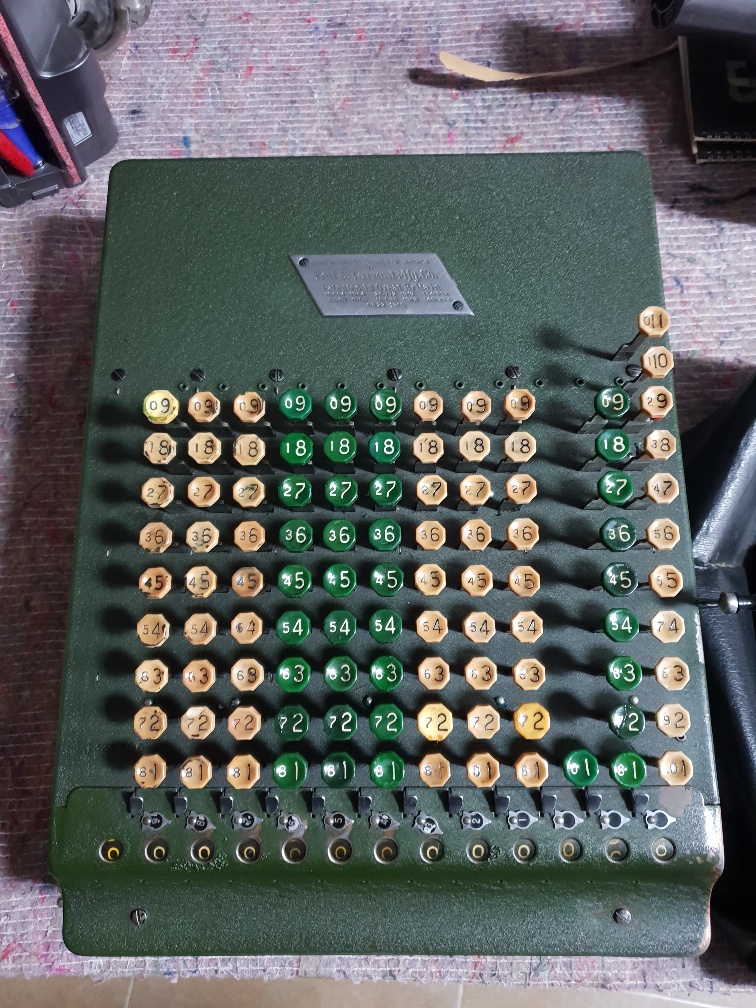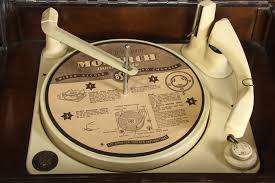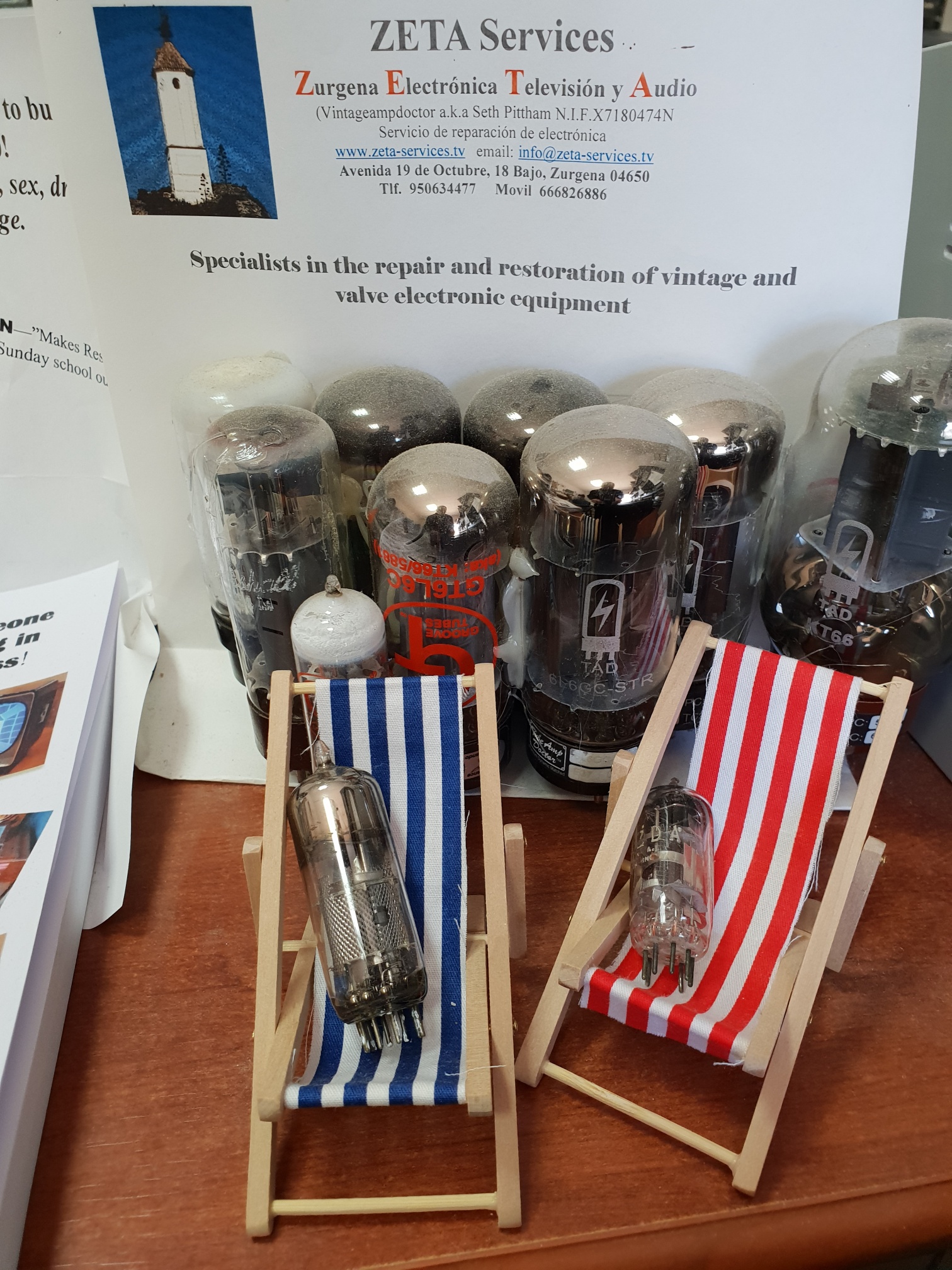
Now, the radio and car were invented around about the same time, Marconi did the radio and another chap did the car. One day, in the 1930s, someone had the bright idea of putting the two together. The problem was, radios in those days were rather large. Nice big valves and requiring a 20 foot long wire aerial. Having a radio the size of a bookcase on the passenger seat of your Austin 16 was a little impractical. You couldn’t drive very far either as you had to plug it into the mains.
Radio manufacturers had the task of cramming this all into the size of a shoebox to be bolted under the dashboard. First thing, valves need about 250 volts to work. To get this from a 6 or 12 volt car battery, a unit called a vibrator was used. Now now, enough of that. This device was connected to a transformer and converted the car battery’s voltage to 250v. All good, but these devices buzzed like mad and made an annoying whine. Second thing was to make the set sensitive enough when using a short aerial mounted on the car. This meant you had to have one or two extra valves to boost the signal. Thirdly the set had to be loud enough to overcome road noise. Again, an extra valve or two was needed.
We now had quite a big radio to fit in the car! It was quite common for this to be in two parts. The biggest unit housing the vibrator power supply and amplifier and the smaller part housing the tuner, which would be mounted in the dash. The two connected together by a big umbilical cord. All worked well, but when switched on, the current demanded from the battery, due to 8 valves and the power supply, was something like 8 odd amps. Bit like having an extra pair of headlights on. Ok if you were driving along, but in those days a car had a dynamo to top up the battery. Unlike modern day alternators, these were useless at tick-over. You soon had a flat battery if you were stationary! Don’t worry, the good lord had invented starting handles a couple of years previously.
By the `50s, Mullard had designed a series of valves that worked at car battery voltage, so we no longer required the vibrator. Transistors were used for the sound, so the sets became smaller, single units. Who remembers those lovely Radiomobile and Motorola radios with push button pre-set stations! Blaupunkt brought out the first car radio with VHF/FM. This meant you didn’t loose the station when going under the bridge, but it did cost half as much as the car.
Philips came out with a great little unit that played 45 rpm records. Clever system with a spring loaded pickup. Terrific, but don’t drive over a bump. The Americans came up with the 8 track player. A cassette cartridge with an endless loop of tape. It was stereo, and when the tape loop got to its’ end, a piece of foil caused the tape heads to jump to the next pair of tracks and so it continued ad infinitum. This meant that the Americans didn’t have to turn the tape over whilst driving, not being able to multi task.
We all know that by the ’70s cassettes were built in to car radios. Then 80’s saw the more expensive sets having CDs. Add to that, Dolby, MP3, RDS, SatNav and so on. Come a long way since the ’30s. Fundamentally all the same though. Listen to the radio whilst stuck in traffic.








